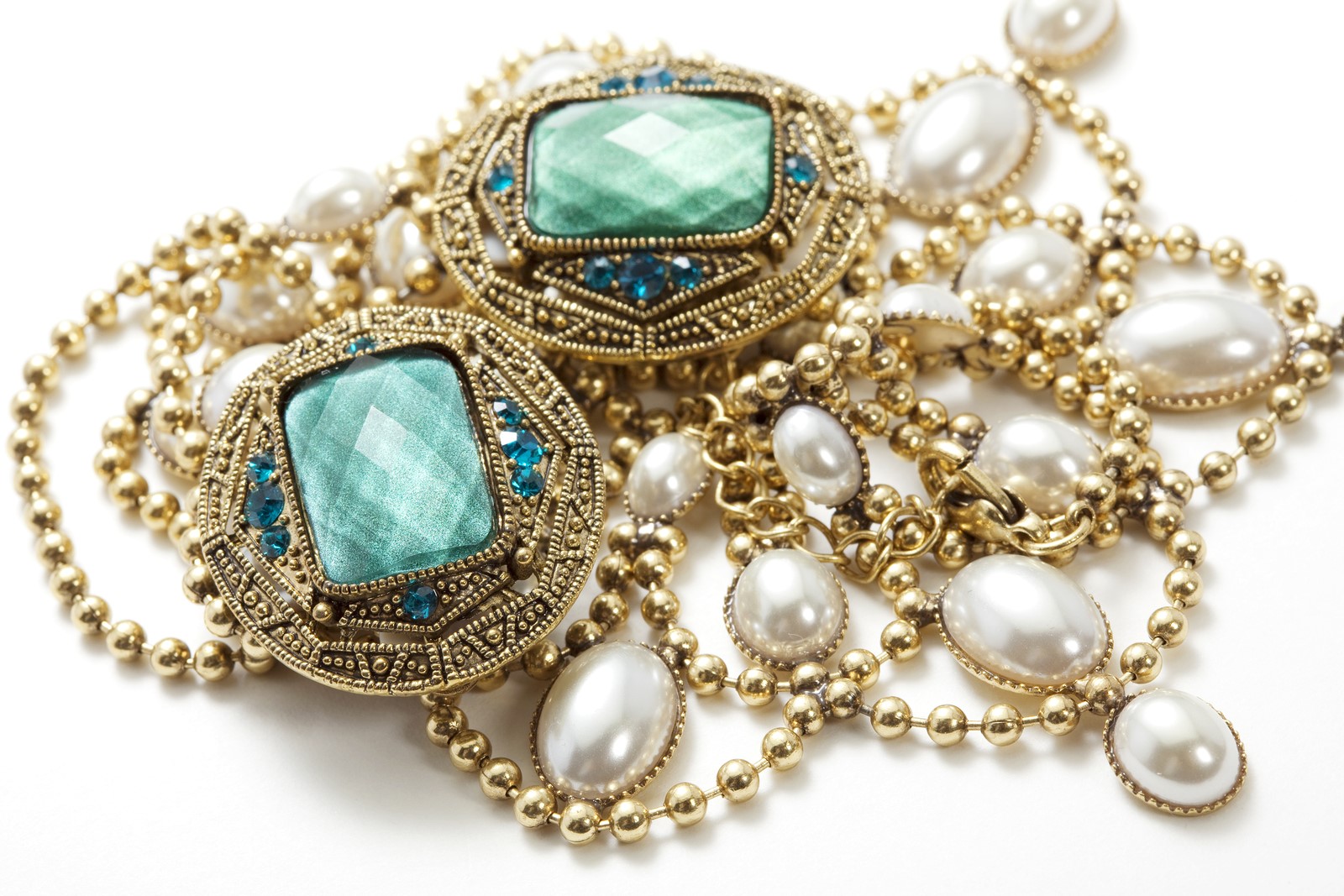Aside from gold and silver, copper and brass are among the most popular metals used in jewelry-making, and their finished products are as stunning as jewelry made of precious minerals and metals. To craft fine pieces of jewelry out of these two metals, jewelry-makers solder and mold them into different forms.
The problem with soldering these two metals is that they have earned a reputation for being among the “nasty metals” due to their tendency to oxidize rapidly when heat is applied. When you’re using a torch and a solder in crafting your pieces, the first step is to always get quality materials from copper and brass sales. After acquiring the needed supplies, keep in mind these helpful tips on soldering.
The Basics on Soldering
Soldering, as defined by the New Mexico State University College of Engineering, is the process of using a medium (the solder) and heat to adhere one metal to another semi-permanently. A solder is usually a metal alloy that can bond two different types of metal. The soldering process produces a bond strong enough to conduct an electrical current.
Whatever notoriety copper has received for being susceptible for oxidation, it is still considered a good metal for soldering because it almost immediately melts to the solder once heated, consequently creating a strong bond. Brass, on the other hand, may prove to be more difficult to work with than copper, but it is also considered a good conductive metal for soldering.
Using the Right Torch and Solder
Choosing the right torch and solder is as important as choosing among available materials from companies offering copper & brass sales like Rotax Metals. When choosing a torch, go for one that produces enough heat and can prevent oxidation from forming on copper. Also opt for an extra easy silver solder, which has been the preferred solder among jewelers everywhere. Make sure that the copper you’ll use is as clean as possible.
On the other hand, brass should be soaked in a solution made of two parts hydrogen peroxide and three parts white vinegar for 20 to 30 minutes. After soldering brass, you may opt to boil it in plain water to dissolve the old flux and achieve the desired result. When soldering your materials, make sure to do so in a well-ventilated area and on surfaces that are as far from fabrics as possible.
Copper and brass, and the combination of the two, can produce stunning pieces that are at par with gold and silver jewelry, making all the effort in making them worth it.


